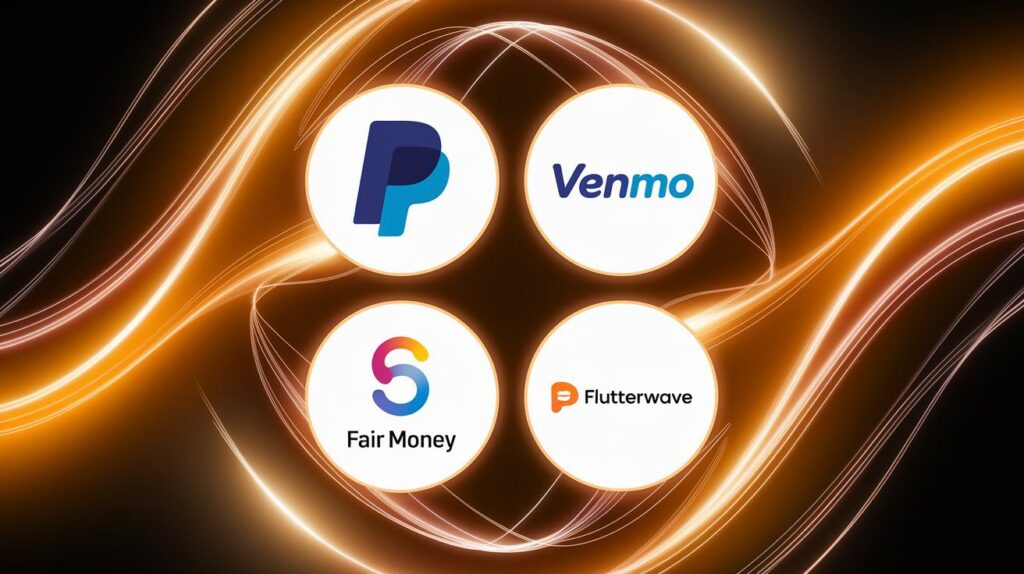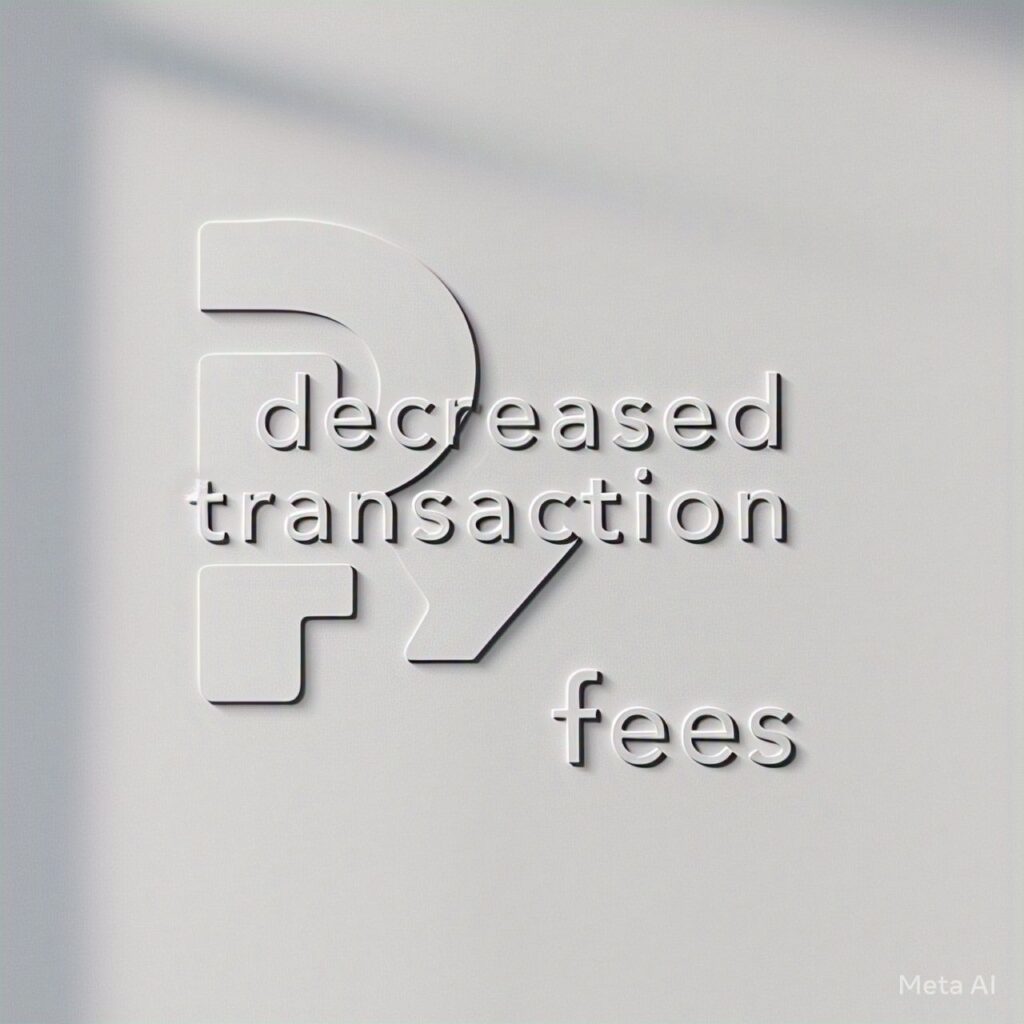
Do you still think of banking as the old place of long erroneous queues? You might want to change your mind. That’s because financial technology – or Fintech is leading a quiet revolution that is already upon us! It is a revolution that is going to alter the way we think and act about money, and consequently the landscape of traditional banking, forever. This article delves into detail to the extent to which Fintech is causing disruption in the traditional banking system and what are the implications for the users.
Fintech’s Agile vs. Traditional Financial Sector’s Innovation
So far, the most evident and essential contrast is the approach to innovation and user experience. The viable and the established systems, valuable by nature, can add tons of weight to the banks’ entrenched traditional sections resulting in a slow response to the changes of the consumer behavior. At the same time, the fintech businesses are nimble in nature as they can use all the modern technologies to make their service not only more effective, but also more easy to use.

User-Centric Design
Actually, the first thing coming to the mind of fintech companies during product creation is user experience (UX) and user interface (UI) that are welcomed to their product by a great extent. They endeavor to build their apps and platforms to be clear and simple, and, in addition visually attractive, in order to seize opportunities that are often neglected in traditional banks at the customer level.
📌 Example AI-generated text vs. humanized version (Hypothetical banking app description):
❌ Traditional Bank App: “Access account details and initiate transfers.”
✅ Fintech App: “An app that is as strong as it is fun to use. Spend smart with graphs, send cash instantly with a tap, and get inspired by very personal goals – all this in a lovingly crafted design.”
Speed and Agility
Fintech startups are way more facilitative since they are not required to cope with the burden of the old technology. thanks to this, they can roll out and employ new features and services at a speed way faster than the old financial institutions.
This kind of speed is why they are able to not only react quickly but also react smartly to the demands of the market and the new technologies that are popping up.
📌 Example Use Case:
When contactless payments sprang up, it was drastically easier for multiple Fintech businesses to adapt and implement the technology into their channels that give the users the immediate convenience of use. On the contrary, traditional banks needed to update more complex systems and were often the last ones to accomplish this.
The Unbundling of Banking Services
It is in traditional banks where the majority of financial services are consolidated into one place. This is being shaken up by Fintech as it is looking to “unbundle” these services. Among the changes, companies that are more focused on specific areas are taking the center stage and more frequently providing a better and leaner solution.
Specialized Solutions
Imagine the Fintech players who now make it readily their priority to meet the needs and comfort the consumers by bringing to the market companies that are so much into one aspect say loans, investments, and payments. On the other side, the banking sector still caters to all three points at once which is not only inconvenient for them but for the clients as well. Therefore, people who once did every account-related transaction at a traditional bank can now be in a position to select a number of Fintech companies that specialize in each case of their need.
✅ Payments: Services such as PayPal, Venmo, Flutterwave, and Square provide faster as well as cheaper ways for individuals to send and receive money.
✅ Lending: Online lending companies like LendingClub, Fairmoney, and Upstart companies that employ alternative credit scoring methodologies have the advantage to approve loans quicker than traditional banks.
✅ Investments: Robo-advisors like Betterment and Wealthfront not only automatically manage investments but also do this without charging a lot in the process.

Intensified competition and less expensive services
The separation of bundles available provides space for higher competition amid the financial services industry and ultimately it leads to the cheaper prices for users. Fintech companies usually have fewer overheads than traditional banks, which makes them in the leading position to offer more attractively priced products to their customers.
Embracing Technology: High-Level Effectiveness
Technology is the basis on which Fintech corporations have been built. This is their key competitive advantage over traditional banks as they can easily execute repetitive tasks, eliminate manual mistakes, and even make their services more efficient than traditional banks that have a heavy reliance on legacy systems.

AI and Automation
The customer is the king, and no buyer, no business. Fintech companies relate to this and it is shown by the AI chatbots available in the market which have the capacity to provide immediate and tailored customer service as well as the use of algorithms which identify and evaluate credit risk more correctly.
📌 Example:
❌ Traditional Customer Service: Involves long wait times on the phone and manual handling of queries.
✅ Fintech Customer Service: Often offers AI-powered chatbots available 24/7 to give instant answers to common questions, thus allowing human agents to handle more sophisticated issues.

Data-Driven Decision Making
Fintech companies are profoundly dependent on the data available from the customers to analyze their behavior and use it to act more correctly regarding the growth of their business. This data-driven method provides a continuous updating environment and allows the creation of more targeted and personalized services.
📌 Find more details about how data is affecting different sectors by reading the article “Unlocking the Power of Big Data.”
https://www.womeninbigdata.org/unlocking-the-power-of-big-data/
The Challenge to Traditional Revenue Streams
Fintech are causing not only disruptions but also are a part of the traditional means of banks to be the main ones which are being affected.
Reduced Transaction Fees
Fintech payment platforms are much more affordable than banks on their fees or even free in the case of some services. The present trend in fintech industry has left traditional banks with much declension in the number of transactions that they can charge fees on.

Competition for Loans and Deposits
Loan customers and depositors, in the era of digital banking, have become the target of internet lending institutions and online banks which offer far more advantageous interest rates or processing through a few simple steps.
The Need for Digital Transformation
Whereas the financial industry is going through the digital shift, innovation leader banks are investing heavily in technology as part of their strategy to become more customer-oriented. The face of the physical bank is significantly changing as the digital bank is emerging which brings with it hats
📌See how the growth of fintech has a direct impact on the traditional banking system by watching this video via the link below.
https://youtu.be/5DuFjx12MjQ?si=ocWpVGgKHC75Civ2

Conclusion: A New Era of Finance
Without question, Fintech is the one that makes the banking industry stake its very existence for nuclear examination, dislocating the habits of consumers in terms of the way through which these financial intermediaries transmit and deliver the services. Of course, traditional banks are still not deprived of some certain advantages, particularly in relation to the numbers of customers and the issue of confidence. However, the essence of the war at present is transferred to the new generation’s goals that cover such areas as the renewal of the financial budget, the customer-oriented nature, and the quality of the useful device displayed. A healthy financial future indeed is predicted to possess features from both traditional establishments as well as those innovators in the Fintech world, hence providing various and convenient services.
One should be aware of these disruptions for both customers and financial professionals as they navigate this ever-evolving landscape.
✅ Can you reflect on how Fintech has altered your banking habits, and what are the results? If possible, indicate your experiences in the comments section below!
✅Want to be updated about the newest Fintech disruptions and get their implications through our newsletter? If your answer is yes, then subscribe for regular updates by clicking here, it’s quick and easy!


